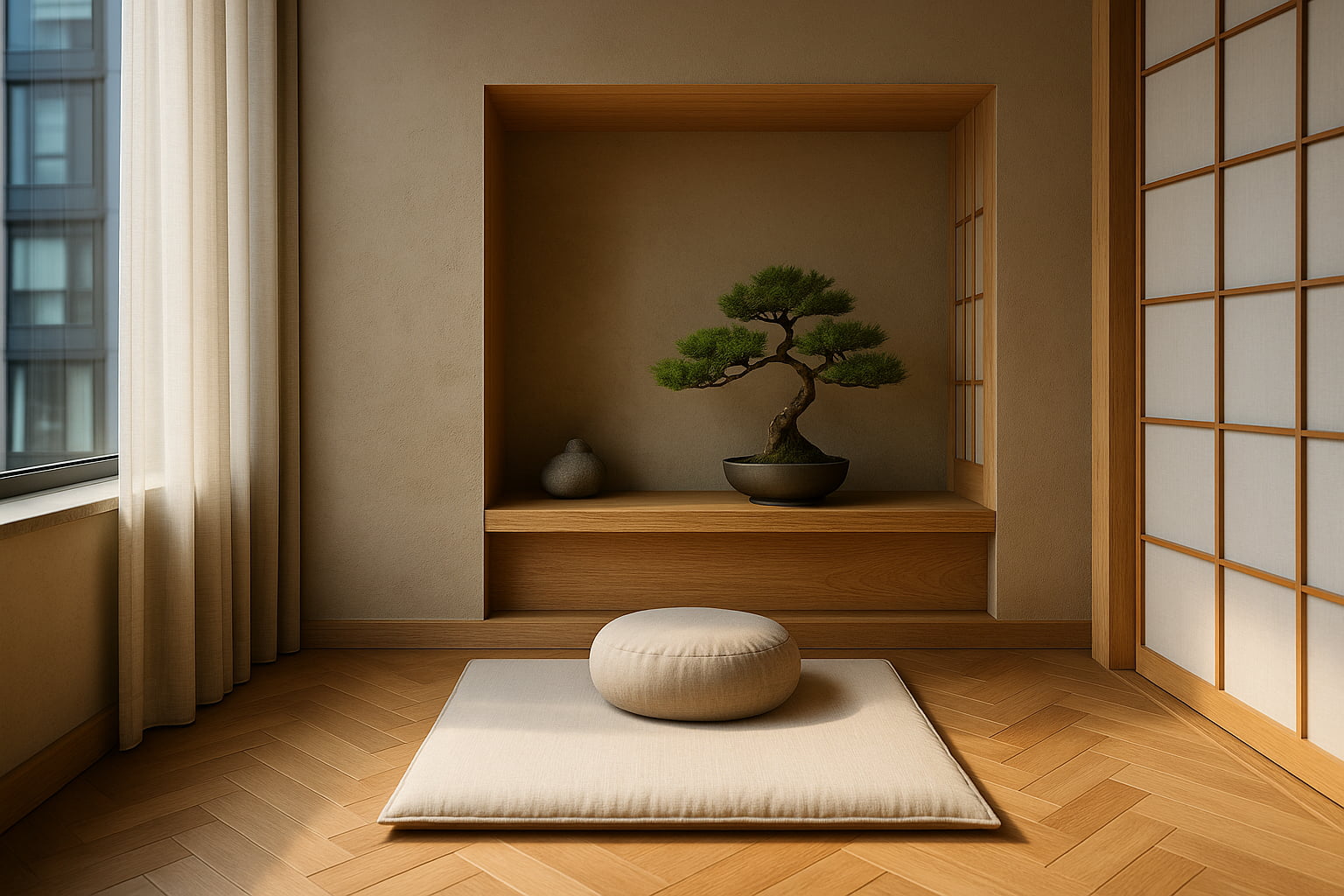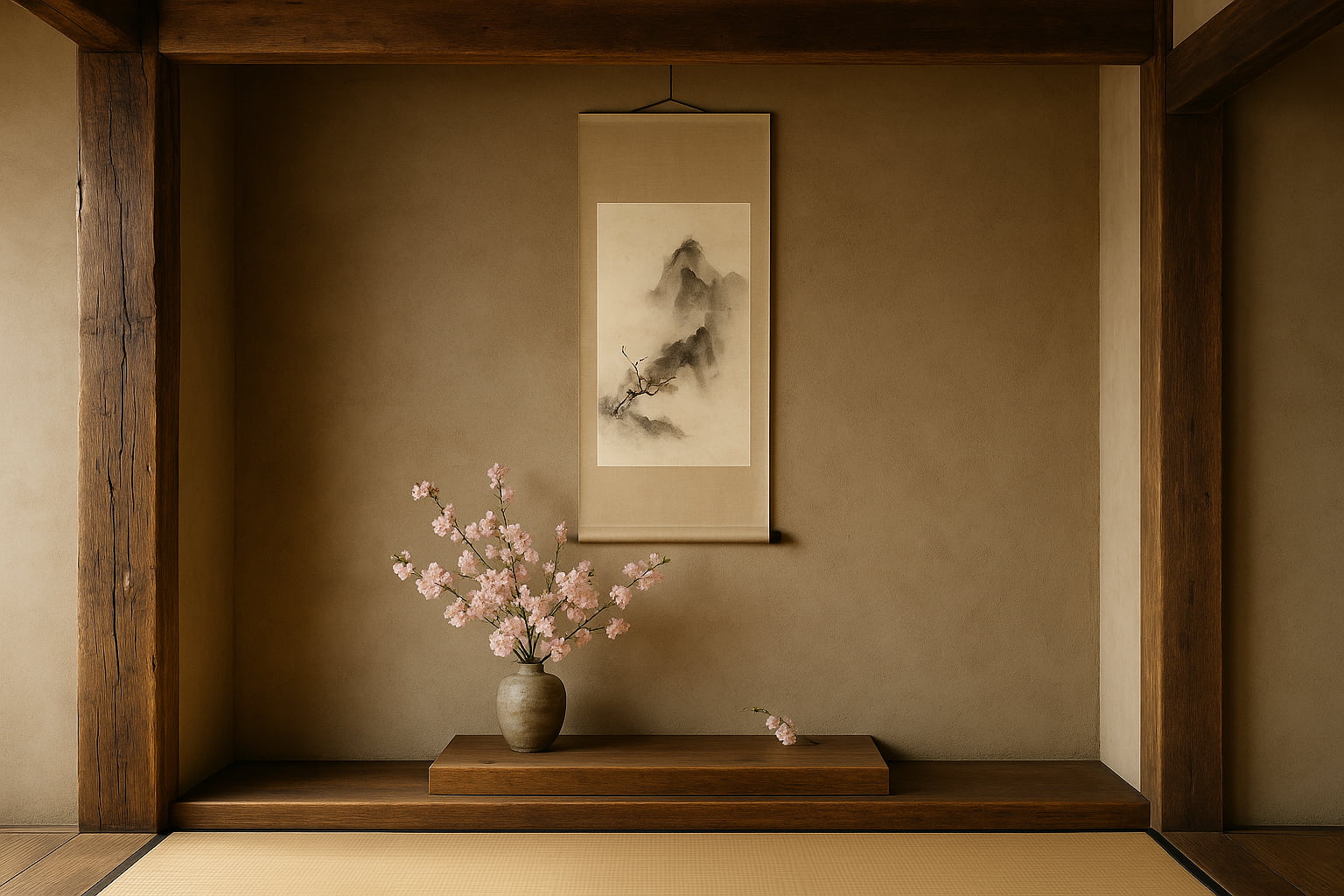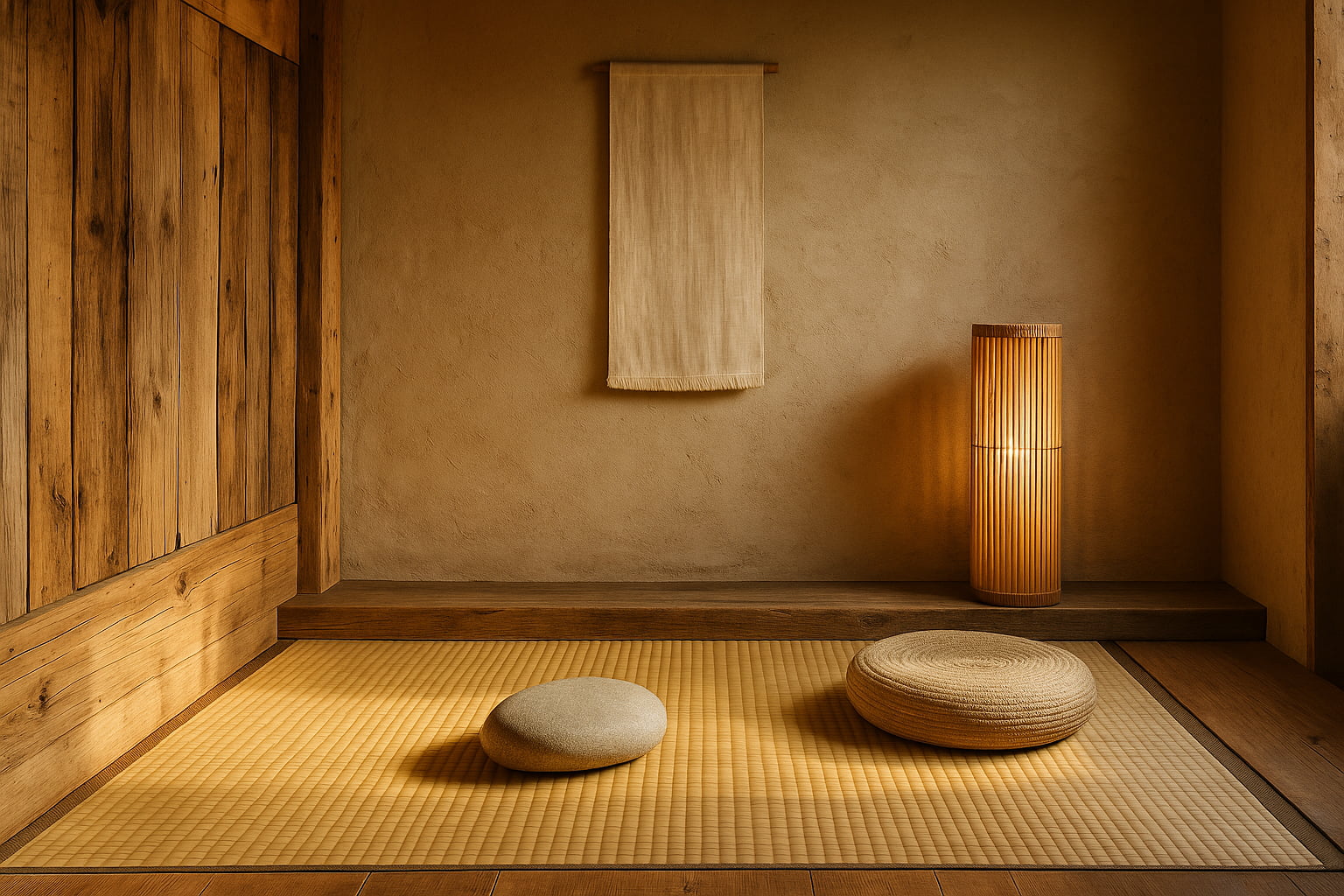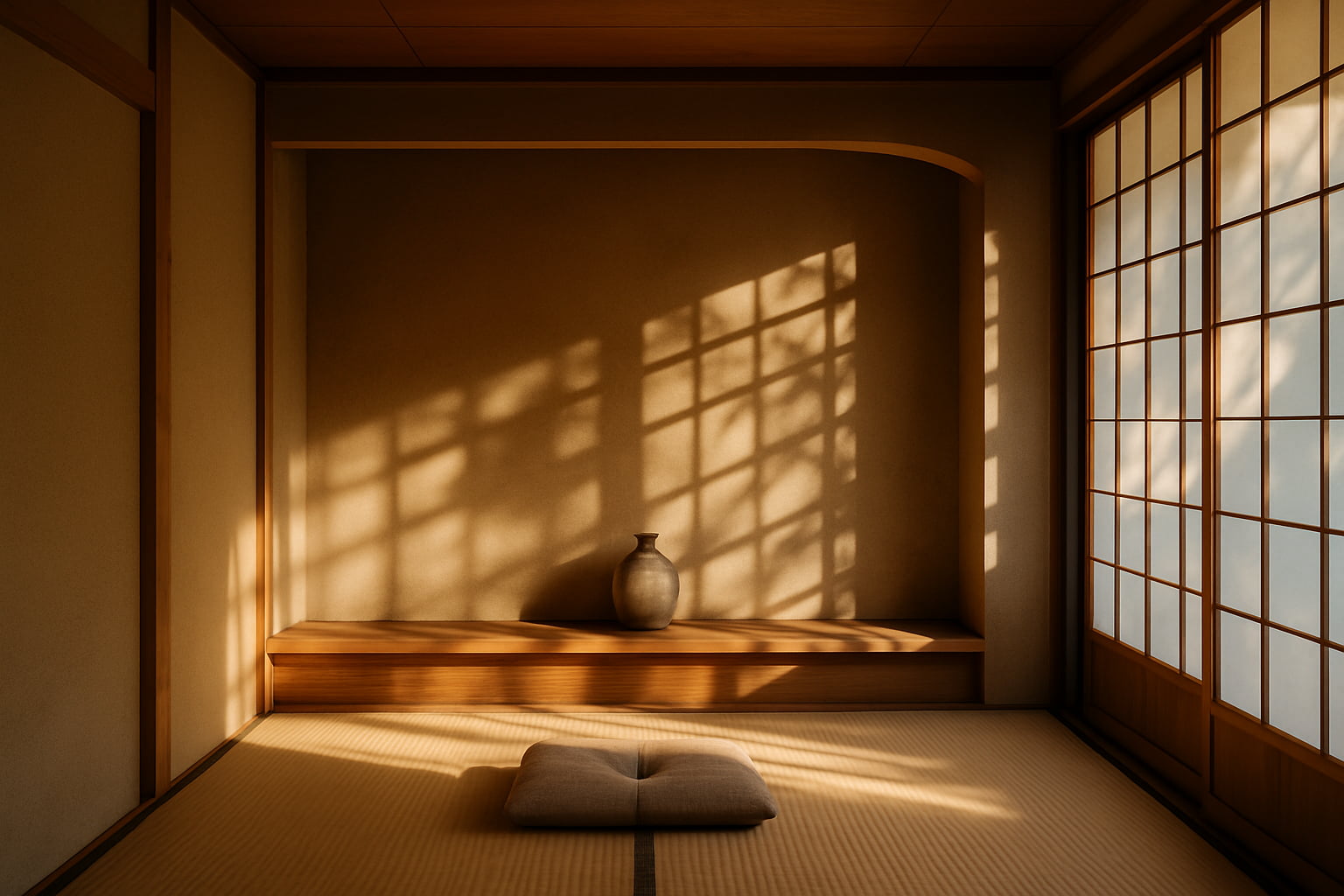In the quiet architecture of traditional Japanese homes, the tokonoma — a small, sacred alcove — served as a vessel for reflection, beauty, and intentional living. Today, as modern life grows ever more fragmented, the wisdom of the tokonoma finds renewed relevance. By thoughtfully adapting this centuries-old practice, we can create meditation spaces that offer serenity, mindfulness, and a deeper connection to our personal environments.
Understanding the Tokonoma: A Quiet Centerpiece

Historically, the tokonoma was a shallow, elevated recess found in reception rooms, reserved for the display of art, a scroll, or a simple ikebana arrangement. Its purpose was not functional in the everyday sense, but spiritual — to cultivate presence. Entering a room, the eye would naturally rest upon this alcove, inviting a moment of silent appreciation and grounding the space in humility and beauty.
At its heart, the tokonoma embodies a fundamental Japanese value: the beauty of impermanence and the importance of intentional spatial awareness. These principles — so subtly powerful — provide a meaningful foundation for modern meditation room design.
Translating Tradition into Contemporary Spaces
Creating a meditation space inspired by the tokonoma does not require building an alcove in the traditional architectural sense. Rather, it calls for identifying or creating a dedicated "still point" within a room — a visual and energetic anchor that supports mindfulness and contemplation.

Begin by selecting a quiet, uncluttered corner. Choose natural materials: soft tatami mats, warm wood tones, or woven textiles that invite gentle tactile engagement. The spirit of minimalism is essential — include only what is meaningful, nothing more.
Key Elements to Honor the Tokonoma Spirit
- A Singular Focus: Select one item for display — perhaps a calligraphy scroll, a hand-thrown ceramic bowl, or a seasonal flower arrangement. The item should evoke a sense of quiet wonder and personal resonance.
- Natural Framing: Use subtle framing devices such as a bamboo screen, low platform, or a recessed shelf to distinguish the space without overwhelming it.
- Material Honesty: Emphasize authentic, natural materials that age gracefully — embracing the principle of wabi-sabi. Weathered woods, textured linens, or simple stone elements deepen the sense of time and connection.
- Light and Shadow: Soft, indirect lighting supports the introspective mood. Consider shoji-inspired lamps or a small window filtered through sheer fabric to create ephemeral patterns of light and shadow.
Emotional and Environmental Benefits

Spaces modeled after the tokonoma offer a restorative counterpoint to the sensory overload of modern environments. By nurturing a small zone of stillness within the home, we cultivate an inner landscape of clarity, patience, and gratitude. Studies in environmental psychology affirm what traditional wisdom has long understood: even brief periods of mindful contemplation in a well-designed space can lower stress, enhance cognitive focus, and nurture emotional resilience.
Moreover, embracing the ethos of simplicity and natural materials promotes sustainable living. Choosing local woods, handmade objects, and biodegradable textiles reduces environmental impact while fostering a more intimate relationship with the things we invite into our homes.
Practical Tips for Designing Your Tokonoma Meditation Space
- Start Small: A simple corner with a single cushion and artful object can become a powerful sanctuary.
- Engage the Seasons: Rotate the object or element on display to reflect seasonal changes, honoring the passage of time.
- Embrace Silence: Allow the space to be free from digital devices or unnecessary distractions, protecting its purpose as a site for inward reflection.
- Let the Space Mature: As you deepen your practice, the meditation space will naturally evolve — accumulating subtle layers of meaning and presence over time.
Conclusion: A Place for Mindful Presence

Reviving the spirit of the tokonoma is less about replicating a historical form and more about embracing an attitude: reverence for simplicity, appreciation for impermanence, and a commitment to mindful living. In creating even the smallest meditation nook rooted in these principles, we honor not only a beautiful tradition but also our own need for balance, reflection, and peace within the rhythms of daily life.
By inviting the quiet elegance of the tokonoma into our modern homes, we build more than a space — we cultivate a sanctuary for the soul.
